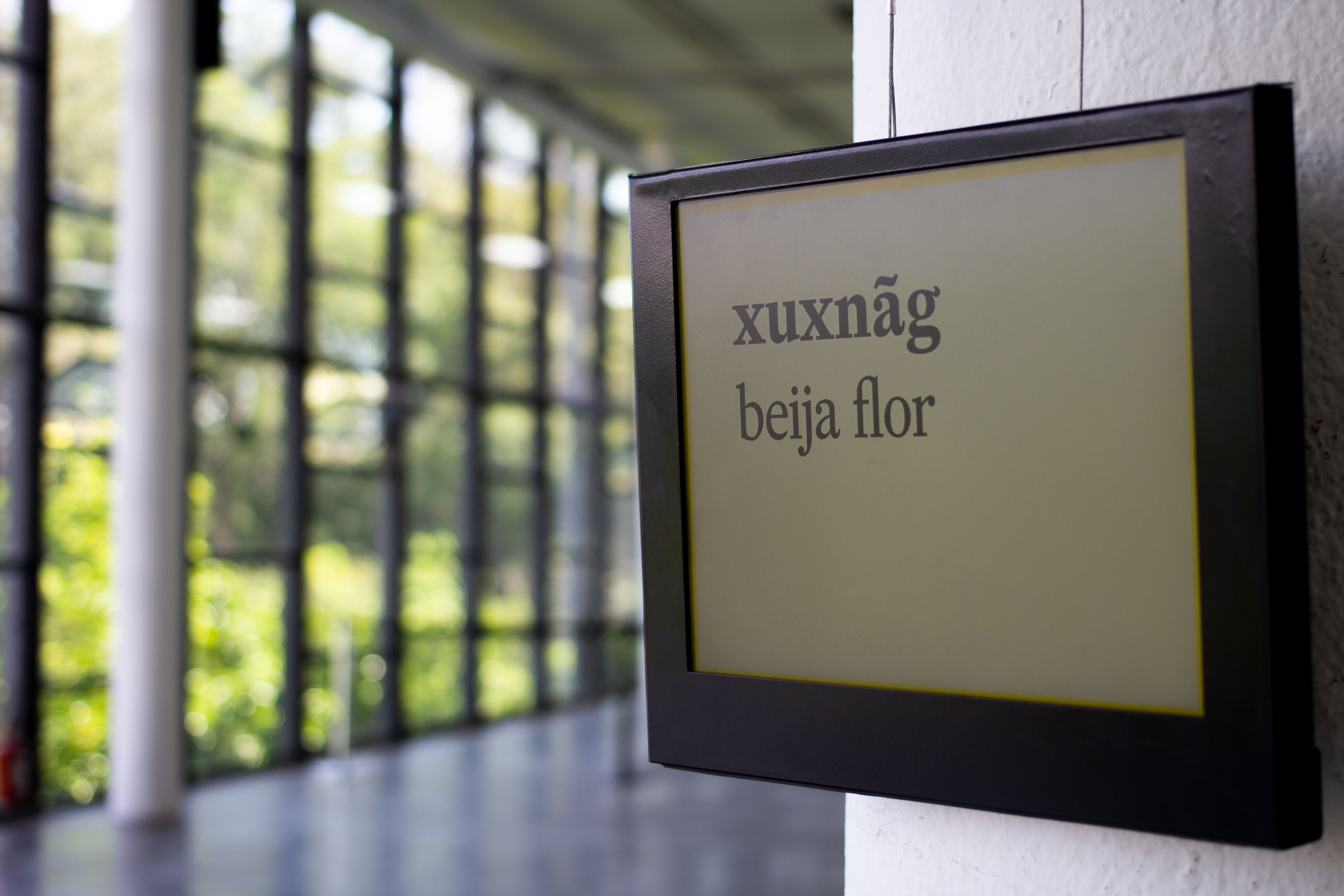Artists
The Tikmũ’ũn, also known as Maxakali, are Indigenous people from the area that today encompasses the Minas Gerais, Bahia, and Espírito Santo states. After countless and recurrent episodes of violence and abuse since colonial times, the Tikmũ’ũn came to the brink of extinction in the 1940s and were forced to abandon their ancestral lands to survive. Songs organize life in the villages, constituting almost an index of all the elements of their daily lives, like plants, animals, places, objects, knowledge, and of their rich cosmology. Often intended for healing, most of these songs are collectively sung. For the Tikmũ’ũn, singing becomes an integral part of life because memories are preserved, and community is constituted through singing. Each village dweller is the depositary of a part of the songs. These songs belong to a spirit called Yãmîy – a word that also means song –, which is summoned and fed during the ritual singing. Together, all songs make up the Tikmũ’ũn universe. Such universe is constituted by everything that these people see, touch, harvest, eat, kill, and feel, but also by the memory of extinct plants and animals and those belonging to the land they had to flee in order to survive. As a community, they live in, and through, their own language, which they vigorously defend by singing.
After the Vento exhibition at the Ciccillo Matarazzo Pavilion in November 2020, the 34th Bienal incorporates for a second time some ritual Tikmũ’ũn songs as a poetic counterpoint and symbolic catalyst for a set of works that propose reflections about the forest as an ecosystem that must be protected, respected and feared. An ecosystem that makes visible, or even tangible, the inextricable relationships between all beings, often through courageously preserved ancient rituals.
It is almost always dark when the Tikmũ’ũn start to sing. Their songs go into the night, summoning the spirits of each being that makes up the world, bringing together what we can and cannot see. In the context of an exhibition conceived, lyrically and metaphorically, in and through the songs’ necessity and power, the example of the Tikmũ’ũn resonates powerfully, also from a political point of view: the community effort is renewed constantly through their singing to collectively create a universe. Like in a forest where each element is essential for the survival of the next and the system’s equilibrium, each set of songs is indispensable for always reviving and renewing the universe’s totality. None of the entities of this rich cosmos can be left behind, except at the expense of missing something unique. In a sick world where necropolitics reigns and consolidates indifference and neglect as governance instruments, this lesson resonates even more urgently.


